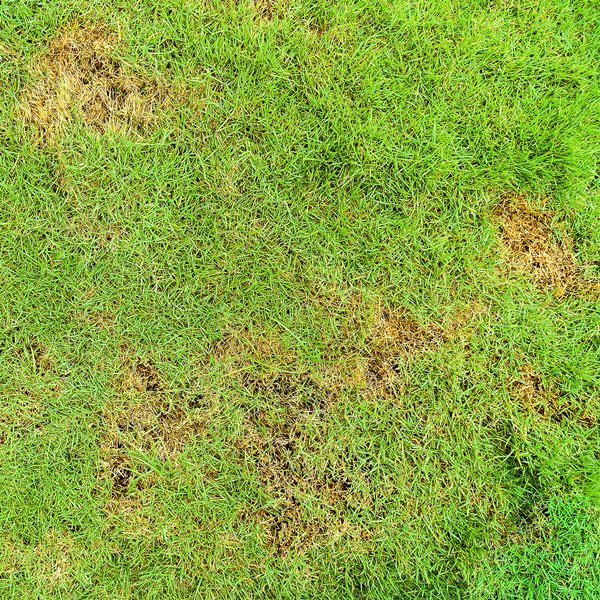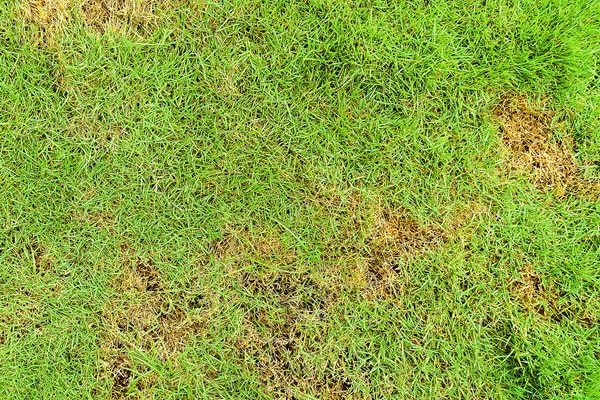
Spotting them early can save you from extensive lawn repair later. Just like you wouldn’t ignore a leaking pipe in your house, you shouldn’t turn a blind eye to early signs of grubs. By learning how to identify grub worms now, you can take action before they wreak havoc on your beautiful green space. Let me walk you through the tell-tale signs, how to find them, and what you can do if you spot them.
What Are Grub Worms?
Before diving into how to spot grub worms, let’s better understand what they really are. Grub worms are the larvae of various beetles, most commonly the Japanese beetle, June bug, and others. They typically live in the soil and feed on grass roots, causing the grass to wither and die. Imagine a garden party, where everyone is enjoying the beautiful scene, but a few uninvited guests start nibbling on the snacks. That’s what grubs do to your lawn!
Grubs have a distinctive C-shape and can vary in color from white to beige. They thrive in the soil, especially in lawns that are overwatered or fertilized. These conditions create a buffet for them, inviting excessive numbers to take up residence beneath your feet.
Understanding **grub worms** and their life cycle is crucial. They usually hatch in late spring or early summer, feeding on grass roots until they burrow deeper into the soil for the winter. By the time you notice lawn damage, the grubs may have already caused significant harm.
Signs of Grub Worm Infestation
So, how can you tell if your lawn is being invaded by these little pests? Look for the following signs:
- Brown Patches: If certain areas of your lawn are turning brown while others remain lush, grubs could be the guilty party.
- Sparse Growth: Grass that struggles to grow or doesn’t bounce back after mowing might indicate grubs at work.
- Discolored Grass: Areas that seem off-color or yellowing might also point to damaged roots.
- Presence of Birds or Other Animals: If you see birds or raccoons digging in your lawn, they might be searching for grubs as a tasty snack.
If you’ve noticed any of these signs, it’s time to take a closer look. It’s often said that the best defense is a good offense. By identifying these indicators early, you can tackle the problem before it escalates.
How to Check for Grub Worms
Now that you know what to look for, how do you actually check for grub worms in your lawn? The process is pretty straightforward. Here’s a step-by-step guide to help you out:
1. **Dig a Small Section of Lawn**: Take a spade or garden fork and cut out a square section of turf about 12 inches on each side.
2. **Lift the Turf**: Carefully lift the piece of grass and examine the soil underneath.
3. **Look for Grubs**: You’re looking for those C-shaped grubs, which should be visible if they’re present. You may find anywhere from a few to a whole handful!
4. **Count the Grubs**: If you find more than five grubs per square foot, you likely have a problem that needs addressing.
It’s like performing a mystery investigation! If you find evidence, it’s time to consider your treatment options.
Treatment Options for Grub Worms
If you discover grub worms in your lawn, don’t panic! There are effective strategies to manage them. Here’s a breakdown of your choices:
- Natural Predators: Sometimes, letting nature take its course can be a good idea. Birds, beneficial nematodes, and other insects naturally feast on grubs. You can install birdhouses to attract insect-eating species to your yard.
- Organic Treatments: If you prefer an eco-friendly approach, consider using beneficial nematodes or organic insecticides that target grubs without harming other wildlife.
- Chemical Solutions: For severe infestations, you might need to resort to chemical insecticides. Be sure to follow the instructions carefully and consider the impact on other wildlife.
Ultimately, the best treatment often depends on the severity of the infestation and your lawn care philosophy. Just like choosing a dish at your favorite restaurant, you’ve got options—some healthier than others!
Preventing Grub Worms from Coming Back
The real secret to maintaining a healthy lawn is prevention. Here are some strategies to keep those pesky grubs from making a comeback:
- Maintain Healthy Soil: Focus on good soil practices like aeration and proper watering. Healthy soil can help grass withstand potential infestations.
- Vary Your Mowing Height: Keeping your grass at the right height can discourage beetles from laying eggs. Aim for around 2.5 to 3 inches high.
- Timing is Key: Apply treatments during the correct season—typically late summer to early fall—to interrupt the grub life cycle.
By taking these preventative measures, you can create an unwelcoming environment for grubs, allowing your lawn to flourish instead.
When to Call in the Professionals
Sometimes, despite your best efforts, the situation can spiral out of control. If you’ve tried treatments and still see significant lawn damage, it may be time to call in the pros. Lawn care specialists have the experience and tools to tackle infestations more effectively.
Don’t hesitate to reach out if you feel overwhelmed. It’s a bit like calling a plumber when a leak turns into a waterfall—better safe than sorry!
Spotting grub worms in your lawn before they cause severe damage can feel daunting, but it doesn’t have to be. By knowing what to look for and how to check for them, you can take proactive steps to protect your green space.
Remember, an ounce of prevention is worth a pound of cure! Stay vigilant, practice good lawn care habits, and don’t hesitate to seek help if you need it. With a little attention and care, you can keep your lawn looking lush and vibrant all year long, free from the threats of those sneaky little grubs!

